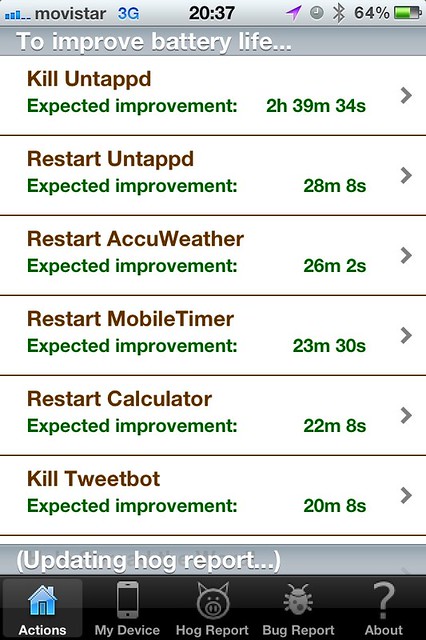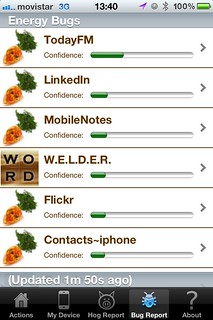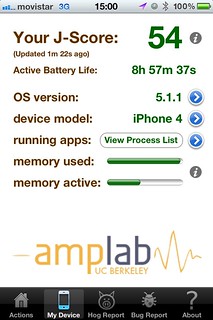Wow – this is an amazing video on just how much smartphones can help reduce costs, increase healthcare efficiency and improve patient well-being and outcomes.
We may not be fully there yet in terms of the widespread availability of this hardware and software, and then there’s getting it accepted by the medical establishment, but this is certainly a big step in the right direction.
A search in the iPhone App store for the term ‘Glucose” returns 217 apps and a similar number for the term ‘ECG’, while a search for ‘Glucose” in the Google Play Android apps store returns over 1,000 results
Things are changing fast in medicine thanks to mobile – exciting times ahead.





